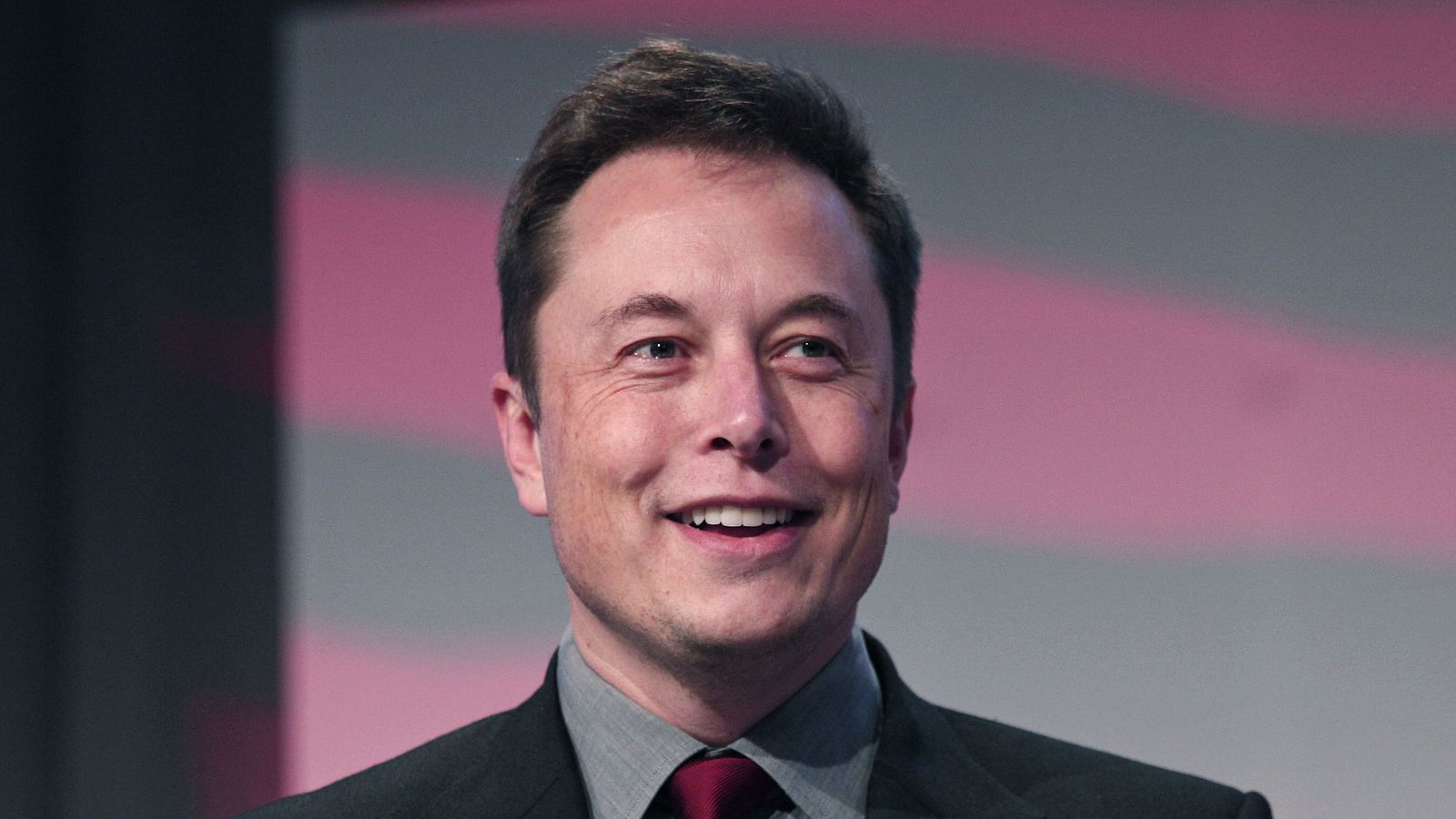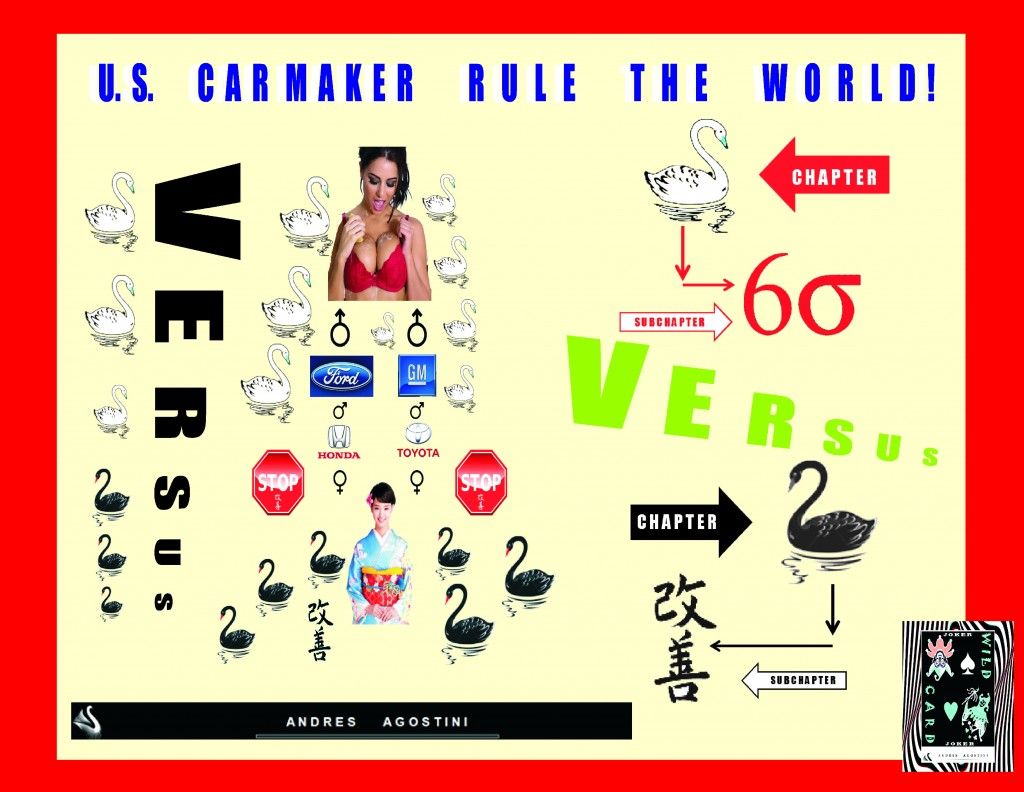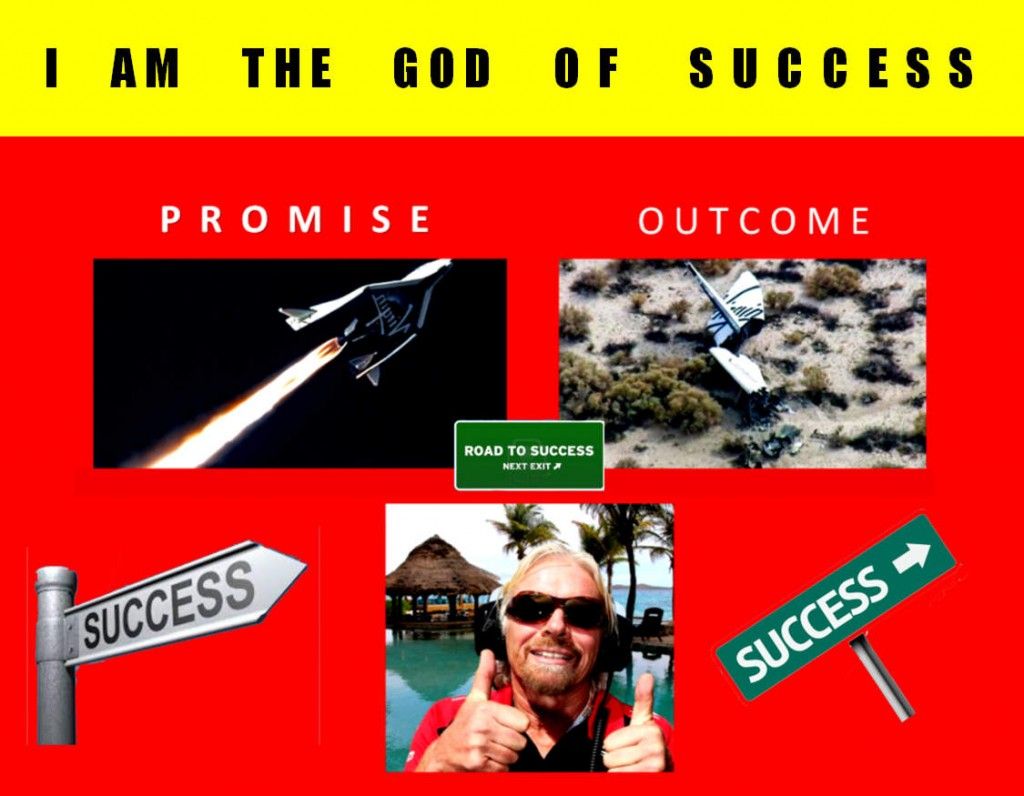Feb 20, 2015
Why Tesla’s battery for your home should terrify utilities
Posted by Seb in category: energy
By Josh Dzieza — The Verge

Earlier this week, during a disappointing Tesla earnings call, Elon Musk mentioned in passing that he’d be producing a stationary battery for powering the home in the next few months. It sounded like a throwaway side project from someone who’s never seen a side project he doesn’t like. But it’s a very smart move, and one that’s more central to Musk’s ambitions than it might seem.
To understand why, it helps to look not at Tesla, but at SolarCity, a company chaired by Musk and run by his cousin Lyndon Rive. SolarCity installs panels on people’s roofs, leases them for less than they’d be paying in energy bills, and sells surplus energy back to the local utility. It’s proven a tremendously successful model. Founded in 2006, the company now has 168,000 customers and controls 39 percent of the rapidly expanding residential solar market.

 http://grist.files.wordpress.com/2014/02/moss.jpg?w=320&h=180&crop=1, (default)], [
http://grist.files.wordpress.com/2014/02/moss.jpg?w=320&h=180&crop=1, (default)], [










